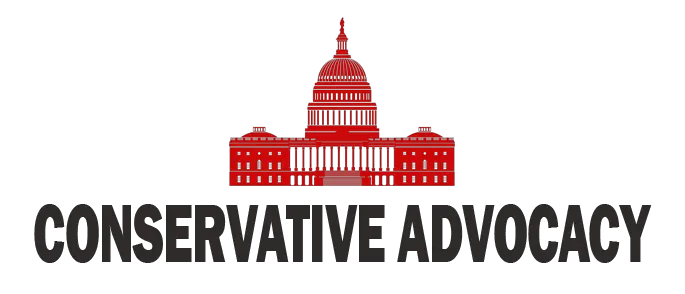In a recent stir within the world of media and public relations, a notable figure has taken a stand against what he believes to be misrepresentation in a magazine article. A co-chair associated with a prominent event celebrating former President Donald Trump has alleged that New York Magazine intentionally portrayed the gathering in a negative light. This comes after the magazine published a cover that the co-chair claims excluded the diversity of attendees at the event. He suggests that the omission of Black attendees was not a mere oversight but a deliberate effort to create the perception of the event as racially exclusive. The co-chair has compared this omission to divisive tactics used in history, invoking comparisons to discriminatory practices, though he has clarified that the intention was not to make a direct equivalence to specific hate groups.
The co-chair, a graduate of the University of Alabama, has sent a letter to New York Magazine challenging their coverage, accusing them of what he describes as “false light” journalism. He argues that instead of highlighting the event’s focus on unity and the celebration of Trump’s anticipated return to the White House, the magazine perpetuated a narrative of racial exclusion. According to the co-chair, this portrayal is misleading and slanderous, and he calls for accountability in the media’s handling of such issues. The event itself, which brought together individuals from diverse backgrounds, was focused on joy and unity, not the divisive image the magazine presented.
In light of these allegations, many are questioning whether legal action will follow. The co-chair has hinted at exploring a potential defamation claim against the magazine. To succeed in such a claim, legal experts say it would require demonstrating that the magazine acted with malicious intent or significant misrepresentation. The co-chair believes that with the right evidence, particularly concerning how the magazine’s cover was framed, they may have a strong defamation case.
Some attendees have expressed personal outrage at the coverage, feeling victimized by the magazine’s portrayal. Many of them argue that their participation in the event, which was a celebration of camaraderie and mutual respect, should not be mischaracterized to fit a divisive narrative. They are calling for a public retraction and an apology from the magazine to restore the reputations of all those involved.
As the situation continues to unfold, it is clear that the debate over representation and journalistic integrity is far from over. The co-chair remains committed to advocating for fair representation, and this case serves as a reminder of the profound impact that media narratives can have. Whether legal action takes place or not, the fight for accurate and respectful portrayal in the media is ongoing, and those involved are prepared to make their voices heard.




